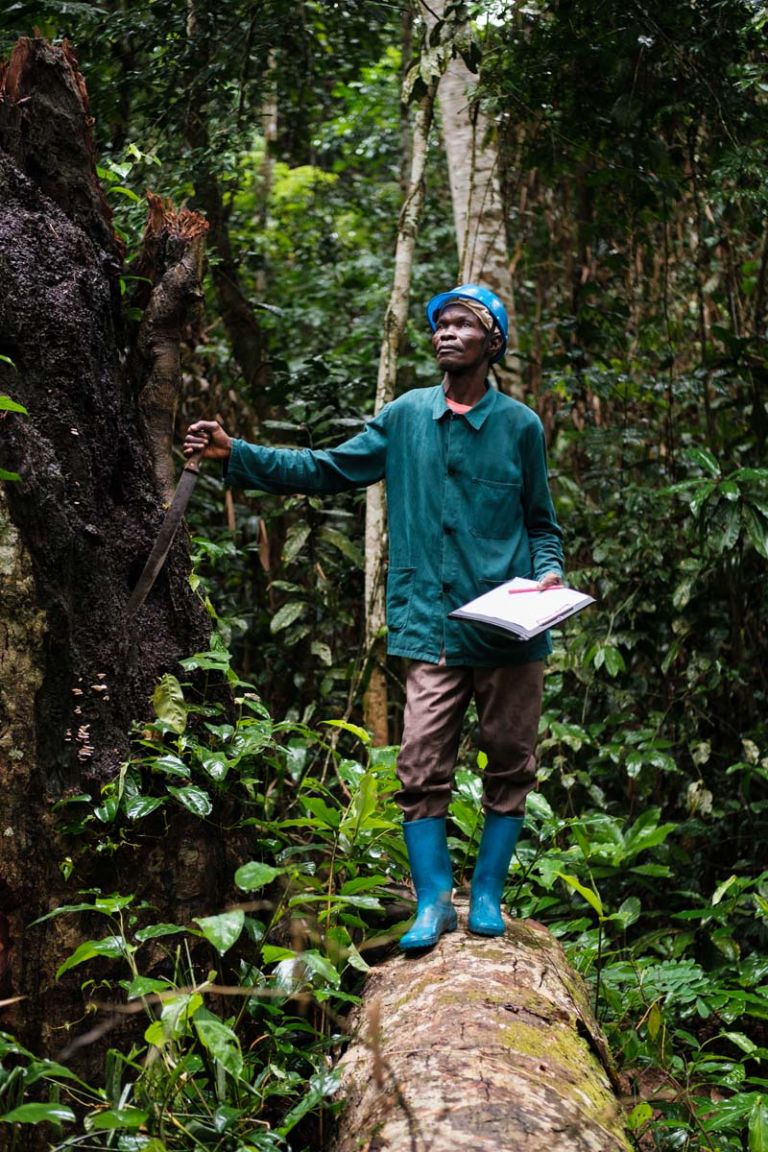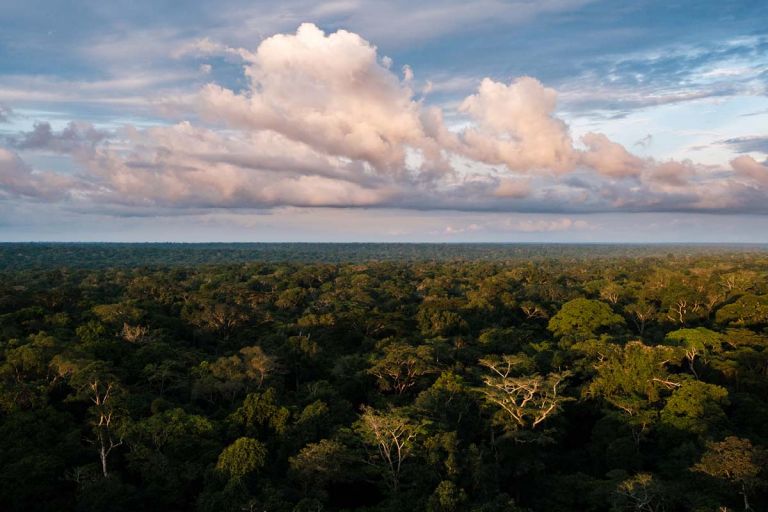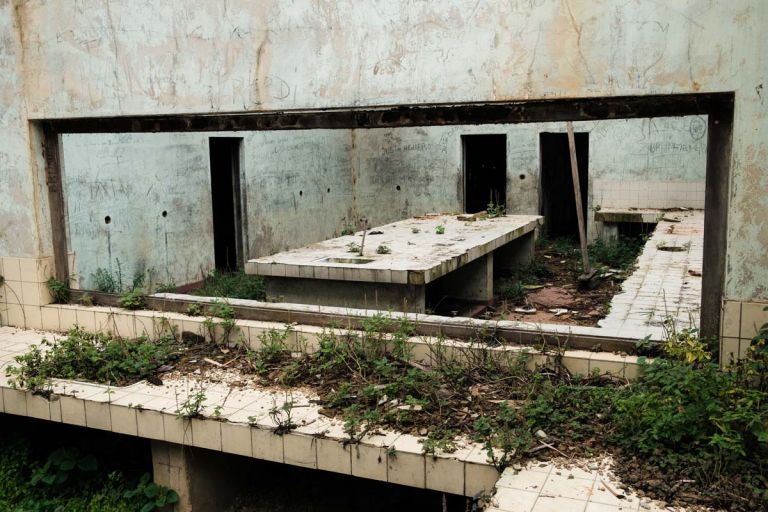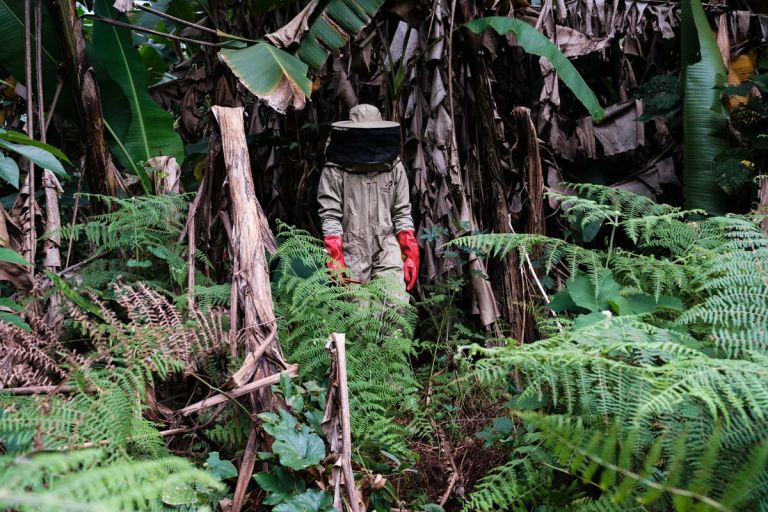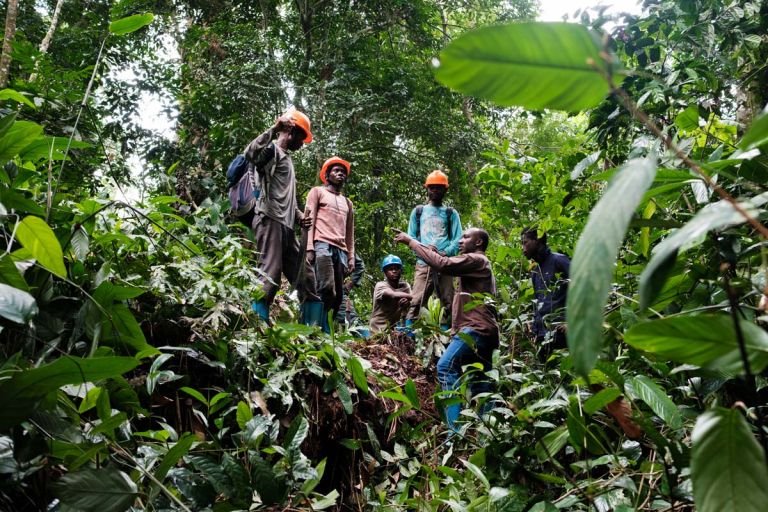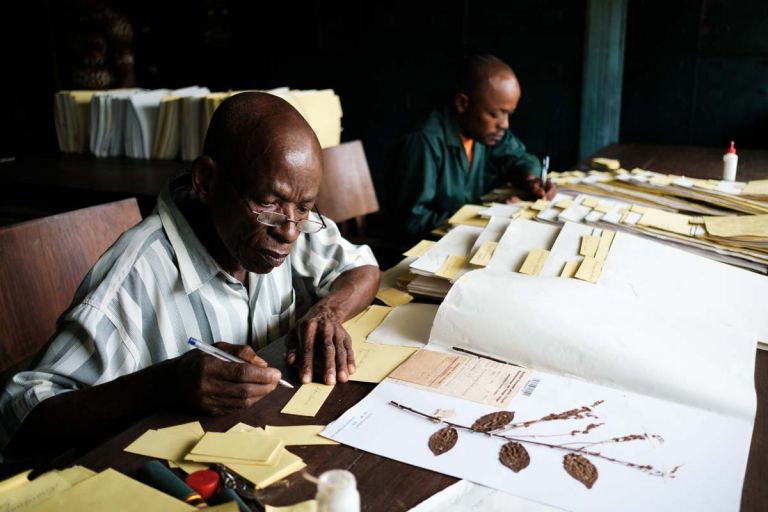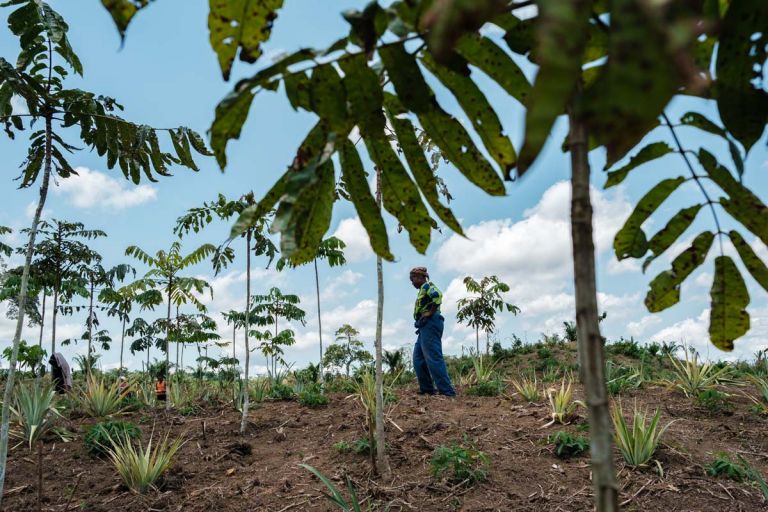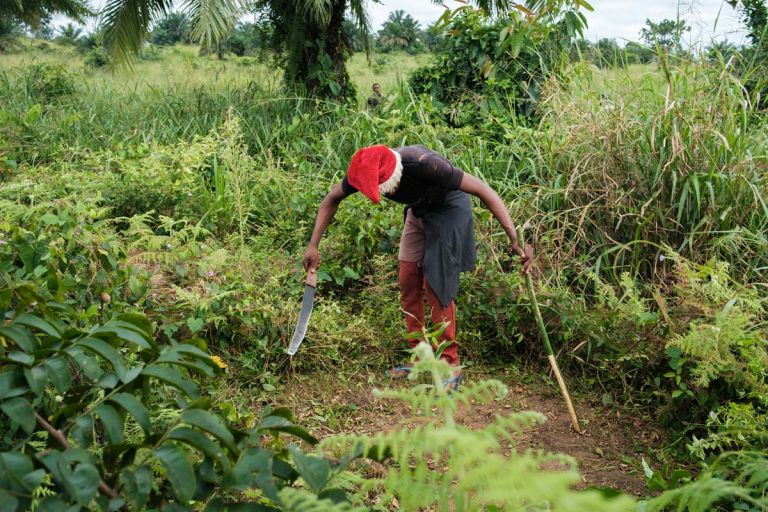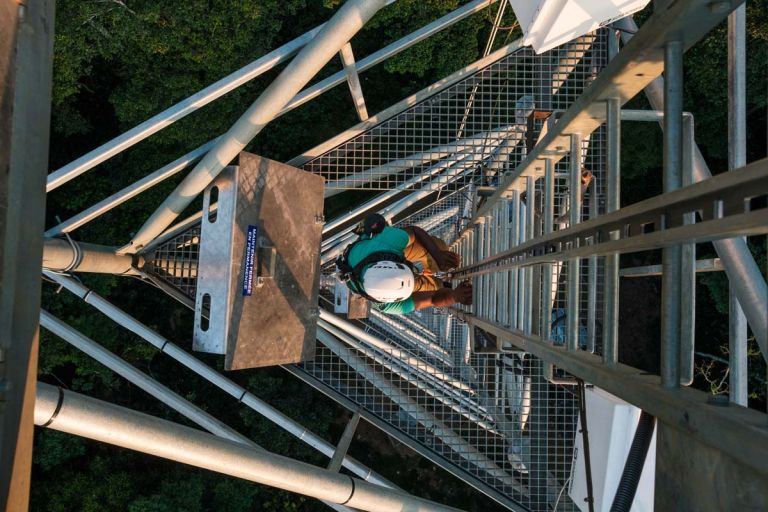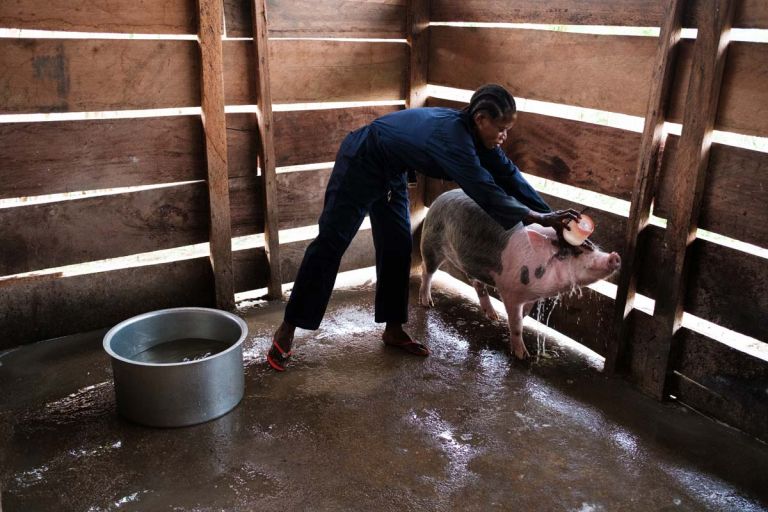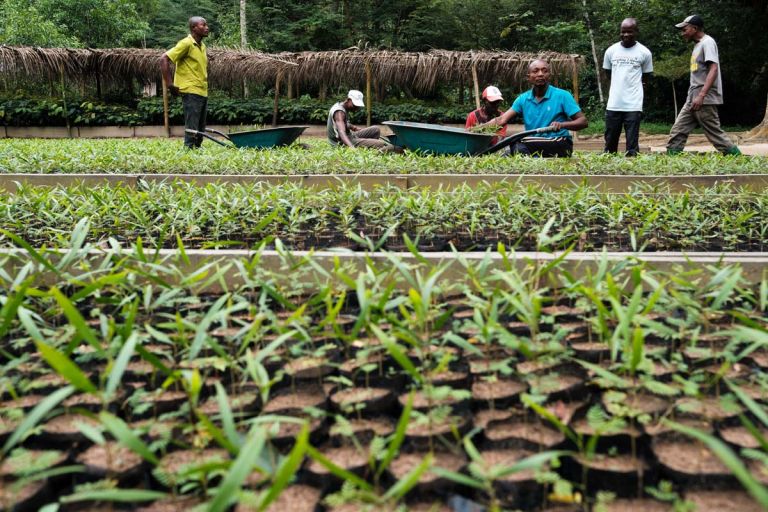In the days of the Belgian Congo, the Yangambi Research Station was a renowned botanical, agricultural and forestry research centre. Its history is complex, its origins stemming from Leopold II’s depredations of the Congo, which so destabilised the population that when Belgium took over they risked a lack of labour to exploit the colony’s riches. Yangambi began with a need to boost the population’s food security. After independence in 1960 and Patrice Lumumba’s murder soon after, another period of misrule and conflict began, and has yet to end. Yangambi’s plantations grew wild or were turned to subsistence farming. The rubber and palm oil factories collapsed. Elegant buildings fell into disrepair.
The FORETS (FOrmation, Recherche, Environnement dans la TShopo) project is restoring Yangambi’s place as centre of learning and transformation, providing masters and doctoral programs, and driving science-led conservation and sustainable development initiatives and the research to support and shape them.
Yangambi is deep in the Congo Basin rainforest, which covers 300 million hectares and is second only to the Amazon in area. But relatively little is known about it despite its climate change significance. The Basin is home to 100 million people, and there are complex questions around how the forest’s importance to the world can be balanced against its economic value to the countries in whose territory it lies, and against the livelihoods of the people who live there. Much of the population is dependent on the forest in increasingly unsustainable ways.
The FORETS project is grappling with these issues. Recognising that no aspect of development or conservation can be seen in isolation, and that change is a long-term endeavour, the project has a decades-long vision that it holds fast despite donors’ and governments’ fickle priorities.
As a photographer, I have seen development projects in dozens of countries over the years. It is a rare thing to leave one feeling hopeful.
